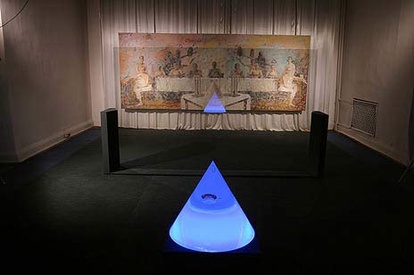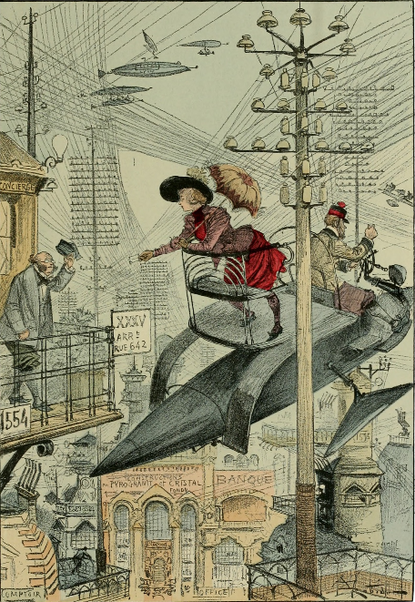Christian Boltanski's New Show in Bologna: Small Stories, Great Myths
Veditu Art Group visited the exhibition of the world-famous French artist and shared their impressions of Boltansky's methods of creating new myths and saving old stories.
Christian Boltanski has always been one of the references to our schizoid search path. Given the fact that we are a collective, in every single of our heads there lives many ideas, but if one reads minima memoria, they will find that Boltanski, with others like Hirst, of whom we wrote in our previous publication, is one of our most important begetters.
20 years from the first Italian personal exhibition (1997: Villa delle Rose ‒ Pentimenti) and 10 from the permanent installation, About Ustica (Museum for the Memory of Ustica, Bologna), the artist reappears in Bologna with the large-scale exhibition called Anime. Di luogo in luogo (Souls. From Place to Place), held at the MAMbo - Museo d'Arte Moderna di Bologna (Museum of Modern Art), which is on view until 12 November.

Christian Boltanski. Anime. Di luogo in luogo. Iinstallation view at MAMbo – Museo d'Arte Moderna di Bologna, 2017
Photo credit Matteo Monti / Courtesy Istituzione Bologna Musei
What is Boltanski talking about? It is a matter of memory and memories, as it has always been. To the point that at the MAMbo exhibition we find ourselves surrounded by faces that were previously displayed in 1997 (the piece called Les Regards). The photos on billboards that make this more a punctiform than a widespread exhibition. The place where the exhibition is held is so connected with the looks of Bolognese partisans shown in the photographs, that the memory becomes a path, it interrogates an urban space.
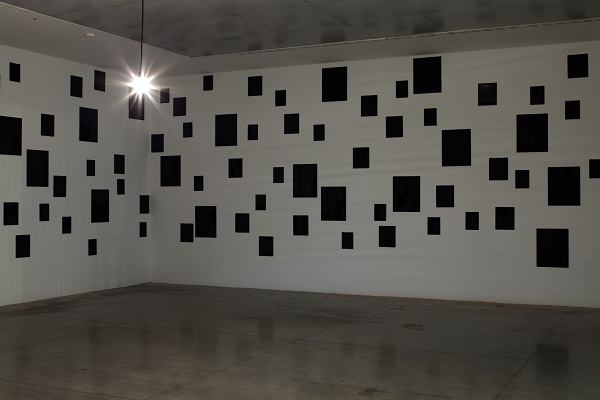
Christian Boltanski. Anime. Di luogo in luogo. Iinstallation view at MAMbo – Museo d'Arte Moderna di Bologna, 2017
Photo credit Matteo Monti / Courtesy Istituzione Bologna Musei
Memory and memories. Of course, with the idea of understanding something of contemporary and contemporaneous nature, they are central themes. And, shown in the form of a retrospective, even memory of oneself. Boltanski tells us immediately that his idea does not concern a static memory. There is no mention of glorious artworks of immortality, but of multiform, of memories that transform, of realities that are in progress. Not surprisingly, most of the installations, in this great exhibition, are rebuilt, not just relocated, to integrate with MAMbo's space. In fact, our experience begins with a memory that is not there, when we hear the heartbeat of the artist overlapped on his image as a child that transforms into his present image, while the setting of the piece resembles a cathedral interior (and so Boltanski structures the MAMbo).
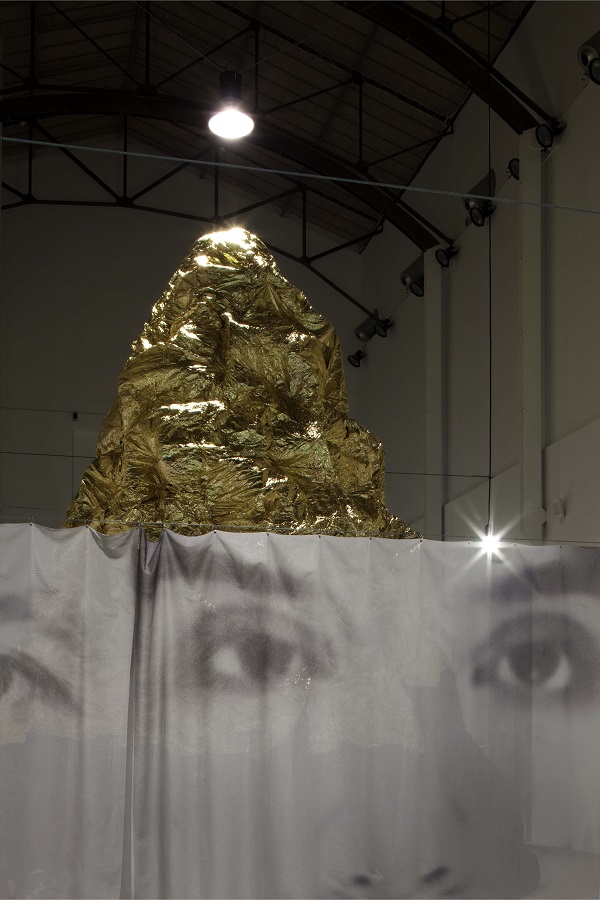
Christian Boltanski. Anime. Di luogo in luogo. Iinstallation view at MAMbo – Museo d'Arte Moderna di Bologna, 2017
Photo credit Matteo Monti / Courtesy Istituzione Bologna Musei
At the same time the memory-generating objects can often be ephemeral, transient, minimalist as a box of cookies and a bundle of thermal blankets. The photographs are often dispersed in imaginary and real archives. We speak of a small memory, in fact, individual and about a group of individuals, something that disappears if you do not try to save it. He says in an interview "In our life for example, we remember our grandfather, but we do not remember our great-grandfather: here, in looking at the death I am looking at, towards the future, I try to overcome the threshold of memory in looking back, towards a Past that I can not remember, but I still try to evoke and emerge, from that distance away from the world of shadows that is the past."

Christian Boltanski. Anime. Di luogo in luogo. Iinstallation view at MAMbo – Museo d'Arte Moderna di Bologna, 2017
Photo credit Matteo Monti / Courtesy Istituzione Bologna Musei
Certainly it's a project about not being able to have. Because archiving also means extending the information number. Whether it's physical, as in Boltanski’s work, or on the web, there is a limit, we believe, to the amount of objects that can be accumulated neatly before they disappear in the conglomeration of memories. But there is also something moving between the ephemeral objects, that somehow puts them together, because, especially in the Market, we can not think of being isolated individuality. Whether it is the major story (or stories), that is chaos and coincidence: small memories are continually risking being thrown into something bigger than them. After all, in a pool of blankets, depending on how long you are staying in it, we can think of a thousand different things, stories from time and memory, from refugees to shoah (his other interview).
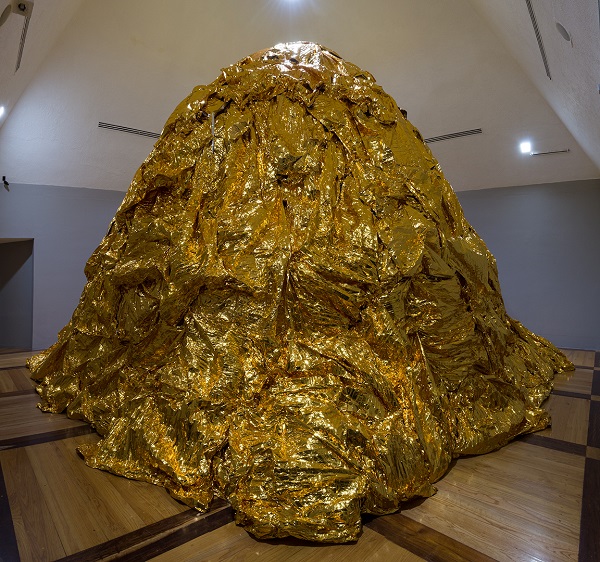
Christian Boltanski. Anime. Di luogo in luogo. Iinstallation view at MAMbo – Museo d'Arte Moderna di Bologna, 2017
Photo credit Matteo Monti / Courtesy Istituzione Bologna Musei
In fact the consequence, although there is certainly no direct connection, is Boltanski's legendary pieces. From the rescue of a small story to the creation of a myth, such as the trumpets in a South American desert that, when filled with wind, emit the whale's voice. If a story is not saved, you can create a new myth. Interestingly, however, with respect to Boltanski's only question, which essentially covers greats twentieth-century themes (life and death, the transience of existence), is how you can find an answer sketch in our Market. In which the memory itself, in addition to our own bodies, is constantly changing due to the prostheses that are offered to us every day. Today, indeed, small memories may become eternal (or at least the length of the technology support we install) in the delegated memory that is the one provided by the technique and the network. Moreover: they could be shared memories, intimately within the reach of all our minds connected. But is that right? Or even at the same time, is it preferable that the ephemeral be welcomed as such and then not wanted to be saved?

